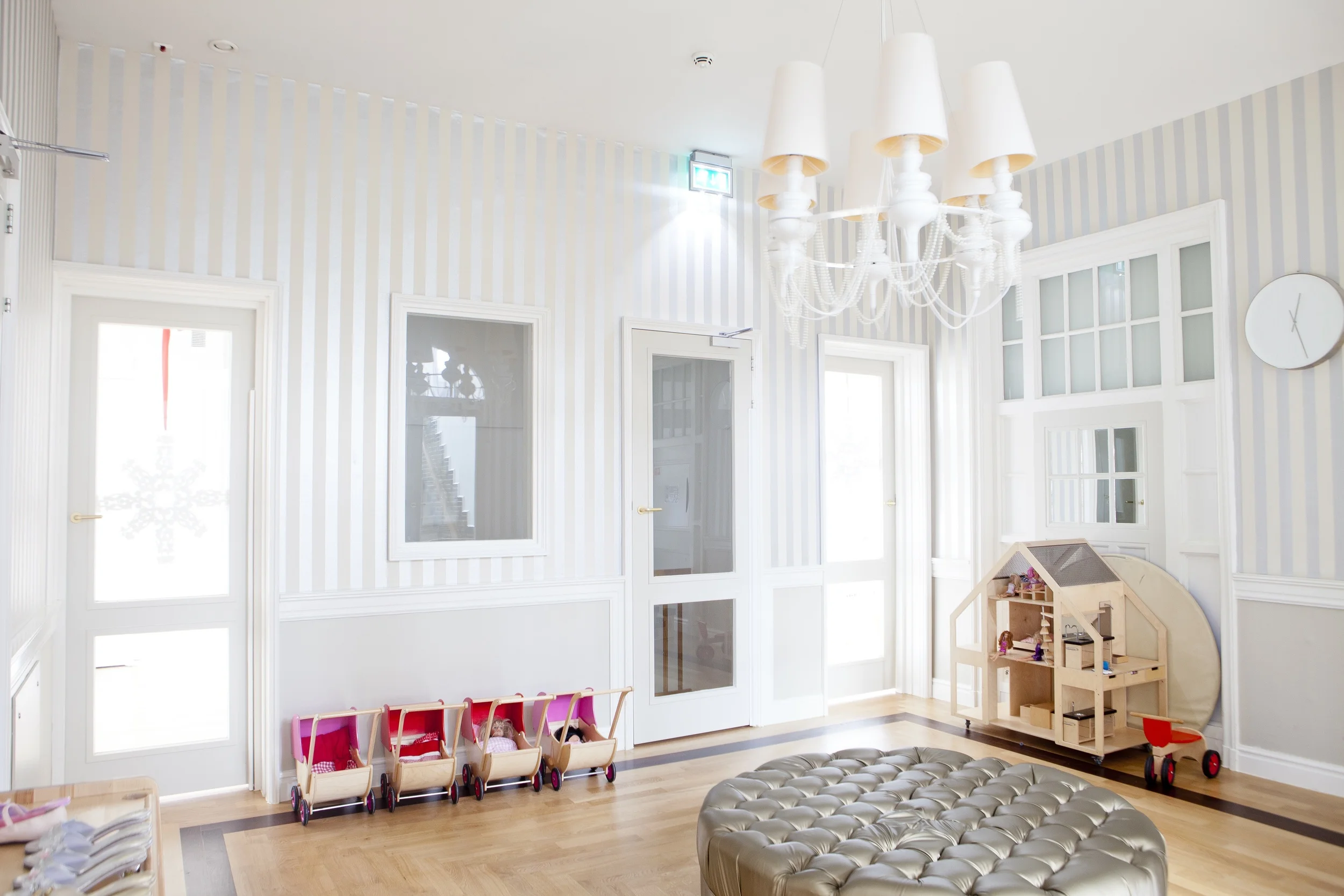Dave,
A few years ago we had some significant water damage that was done because our next door neighbor left his irrigation sprinklers running overnight and the water flooded his lawn and ran down into our yard and into our basement. We have discussed selling several times over the past few years, but are not ready yet, however one of my friends said that I would have to disclose the flood when we do decide to sell. I am still not sure I agree with him, as the neighbors insurance paid the claim and we did not have to file anything with our insurance carrier. Even if the flood was no fault of our own and was not due to any problem with our house and did not impact our insurance, do I still have to disclose it when we go to sell?
Jerry, Location withheld
Jerry,
As common practice, I too do not always buy what my friends are selling and to be honest with you, sometimes I am right and I enjoy being right, as it feels as though it is quite a rare occurrence! : ) The problem with only being right sometimes is that sometimes you are going to be wrong… In this case your buddy is right. In my opinion you do need to disclose the flood when/if you decide to sell your home, even if it was not caused by a defect or problem with your home.
In the state of Colorado each seller is asked to fill out a Sellers Property Disclosure and it is designed to be and give a historical snapshot of your home to a prospective buyer. You should always fill it out to the best of your knowledge and not omit any significant event, even if it was caused by an outside event of which was not related directly to the home. Many problems are caused by outside events, like wind, hail, some fires, floods etc. Look at it like medical records…. If you were in a bad car accident at one point in your life, it was the other drivers fault, but you were fully recovered, it would still prove prudent and valuable to your doctor to include this point in time in your medical history. Same is true for your house. The good news, in this instance, the event is easily explainable and apparently has not re-occurred, but most importantly it COULD re-occur and that possibility of re-occurrence is important to relay to a potential buyer.
Many sellers are afraid to tell about problems they have had with their home. It is quite similar to kids, no parent wants to disclose that they have had problems with their kids, but all of us have had problems and amazingly in spite of us parents, our kids grow up to be productive members of society even with a few bumps along the way. Very few of us want to disclose that we have problems with our kids or our homes, but we all have problems here and there and it is O.K.. If you have owned a home for any real length of time and have not had any problems, then you are without doubt in the minority. On any property disclosure you want to answer each question to the best of your ability and make sure that you provide how each transgression happened and most importantly, how it was repaired or remedied. The solution and fix is more important, in my mind, then the problem. Buyers understand that problems happen and almost always are fine with them as long as the fix was proper and professionally handled.
The buyer is going to want to see that the problem has been remedied professionally and in the solution there has been some corrective action taken to prevent it from happening again, even if the neighbor is forgetful. This might include a French drain, or some kind of grading between the two homes that would divert water out on either side of your home to the street. The bottom line, disclose. If you are wondering if you should disclose, then you probably should disclose. I am sure you can relate to this… If I am wondering to myself, should tell my wife… then I probably should tell her and deal with whatever the repercussions may be up front. It is always easier that way even if it does not always feel easier. It may not be on that same level, but I am sure you see where I am going with this….. I Hope this helps clear up how to treat disclosure.
Dave Kimbrough
The Kimbrough Team.
Need to find a new home?
Let one of our trained buyers agents make it easy and fun!













